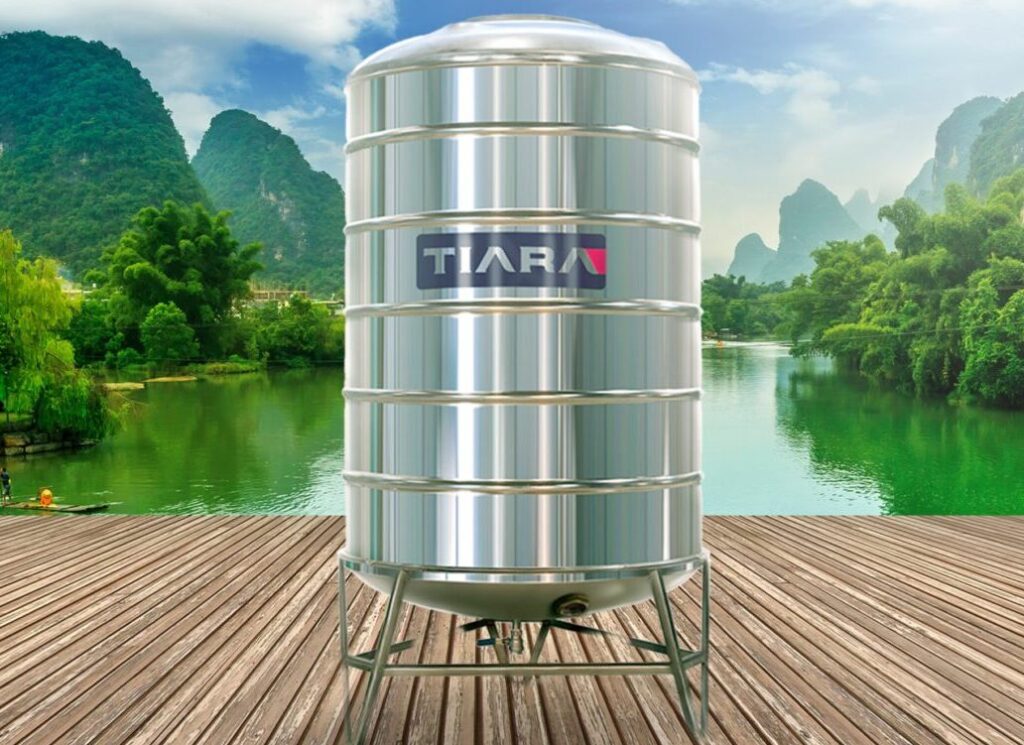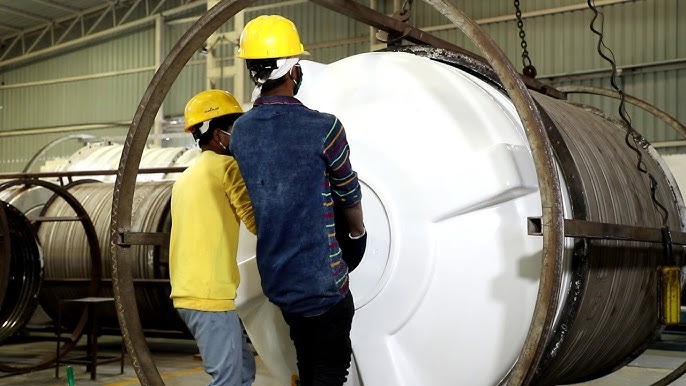
How Stainless Steel Water Tanks Are Made?
Stainless steel water tanks are renowned for their durability, resistance to corrosion, and aesthetic appeal. Understanding the manufacturing process behind these tanks can provide insights into their quality and longevity. This article delves into the step-by-step process of how stainless steel water tanks are made, from material selection to final inspection.
Material Selection
Choosing the Stainless Steel Grade:
The first step in manufacturing stainless steel water tanks is selecting the appropriate grade of stainless steel. The most commonly used grades for water tanks are 304 and 316 stainless steel:
1. 304 Stainless Steel: This is a versatile, general-purpose stainless steel with excellent corrosion resistance, suitable for many applications.
2. 316 Stainless Steel: Known for its superior corrosion resistance, especially in marine environments, 316 stainless steel is often used for tanks exposed to harsh conditions.
Material Sourcing:
High-quality stainless steel sheets or coils are sourced from steel manufacturers. The raw material must meet specific standards and certifications to ensure durability and performance.
Cutting and Shaping
Sheet Cutting:
Stainless steel sheets or coils are cut into the required sizes and shapes using precision cutting tools. This can involve shearing for straight cuts or more complex methods such as laser cutting for intricate designs.
Forming and Shaping:
The cut stainless steel sheets are then shaped into the components of the water tank. This process involves several techniques:
1. Rolling: Sheets are rolled into cylindrical shapes to form the body of the tank.
2. Stamping: Pressing tools are used to shape parts such as tank bottoms or lids.
3. Hydroforming: This method uses high-pressure hydraulic fluid to mold the metal into the desired shape, often used for more complex geometries.
Welding and Assembly
Welding:
Once the components are shaped, they are assembled and welded together. Welding is a crucial step that ensures the structural integrity and leak-proof nature of the tank. The common welding techniques used include:
1. TIG (Tungsten Inert Gas) Welding: This method provides precise control and is ideal for stainless steel due to its clean and strong welds.
2. MIG (Metal Inert Gas) Welding: Often used for faster production, MIG welding is also suitable for stainless steel and ensures strong joints.
Inspection and Quality Control:
After welding, the tank undergoes rigorous inspection and quality control to ensure there are no defects. This includes:
1. Visual Inspection: Checking for weld quality, surface imperfections, and overall assembly.
2. Non-Destructive Testing (NDT): Techniques such as ultrasonic testing or radiographic testing may be used to detect any internal flaws.

Surface Finishing
Grinding and Polishing:
The tank’s surface is then treated to achieve a smooth and polished finish. This process involves:
1. Grinding: Removing any weld spatter, rough spots, or imperfections.
2. Polishing: Using abrasive materials or polishing compounds to give the tank a high-gloss finish. This not only enhances the appearance but also helps in preventing corrosion.
Passivation:
Passivation is a chemical treatment process that enhances the corrosion resistance of stainless steel. The tank is treated with a passivating solution, typically containing nitric or citric acid, which removes any residual contaminants and promotes the formation of a protective oxide layer.
Testing and Certification
Pressure Testing:
Before the tank is approved for use, it undergoes pressure testing to ensure it can withstand operational pressures without leaking. This involves filling the tank with water and applying pressure to check for any leaks or weaknesses.
Certification:
The tank may also need to meet specific standards and certifications depending on its intended use and local regulations. Certification ensures that the tank complies with industry standards for safety and performance.
Final Assembly and Packaging
Additional Components:
If required, additional components such as valves, fittings, and manholes are installed. These components are also tested to ensure proper functionality and leak prevention.
Packaging:
Finally, the completed water tank is carefully packaged for shipment. Packaging is designed to protect the tank from damage during transportation and handling.
Conclusion
The manufacturing process of stainless steel water tanks involves several key steps, including material selection, cutting and shaping, welding, surface finishing, and testing. Each stage is crucial to ensuring the tank’s durability, functionality, and quality. By understanding this process, consumers can appreciate the craftsmanship involved and make informed decisions about their water storage needs. Stainless steel water tanks offer long-term reliability and performance, making them a valuable investment for both residential and commercial applications.


